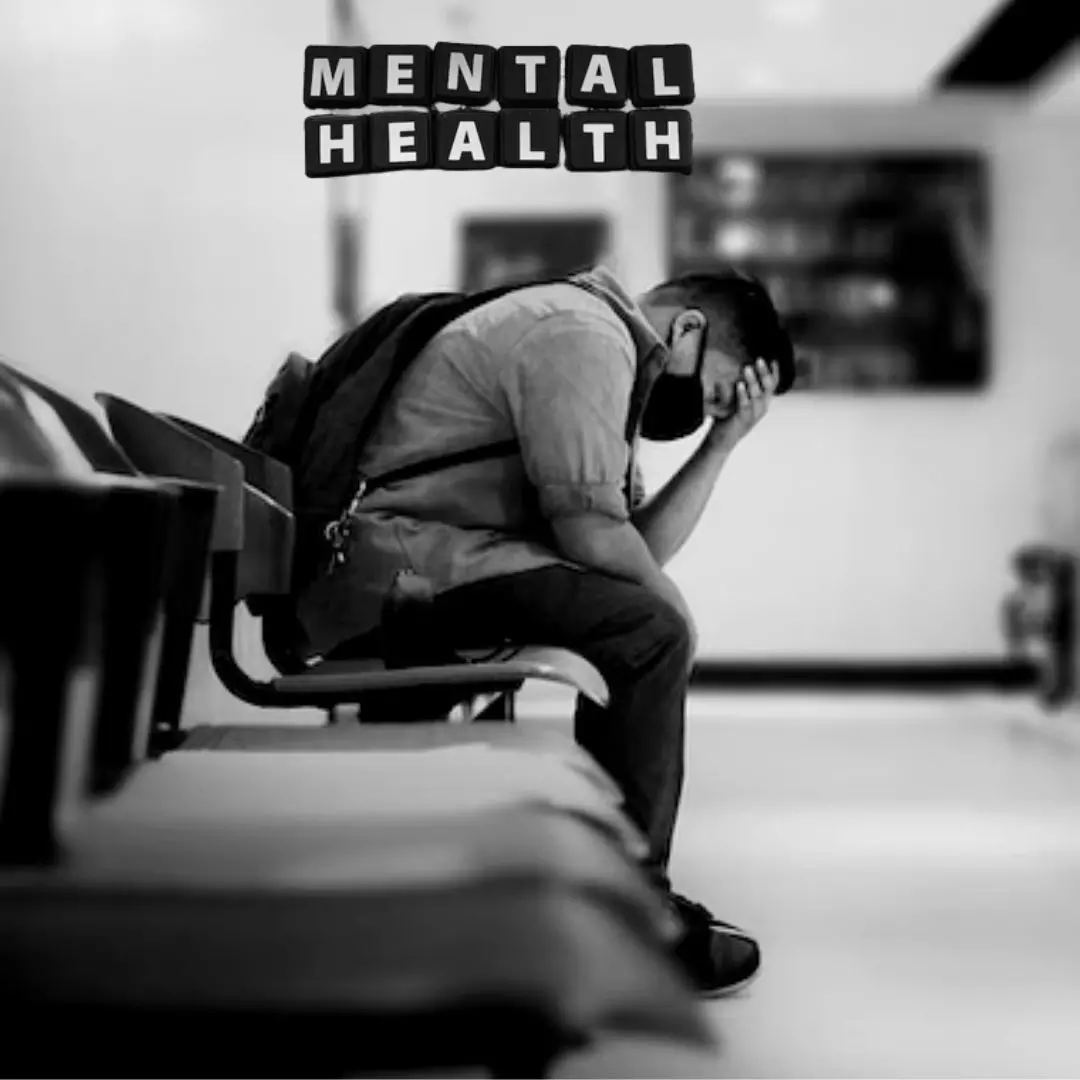Is NEP Equipped To Deal With Mental Health Issues Among School Children? Here's A Reality Check
Writer: Hardik Bhardwaj
He is a student of SIMC, who is organized and able to meet deadlines in a fast-paced environment.
India, 21 Dec 2022 11:34 AM GMT
Editor : Shiva Chaudhary |
A post-graduate in Journalism and Mass Communication with relevant skills, specialising in content editing & writing. I believe in the precise dissemination of information based on facts to the public.
Creatives : Shiva Chaudhary
A post-graduate in Journalism and Mass Communication with relevant skills, specialising in content editing & writing. I believe in the precise dissemination of information based on facts to the public.
The thing about mental health issues is that it doesn't have a particular cause or way of dealing with them. So, even though reducing academic stress might seem like a good solution, it's not the only reason for depression among college kids.
The National Education Policy (NEP), 2020, calls for creating a comprehensive, 360-degree, and holistic report for every student that reflects their progress and the individuality of each learner in the cognitive, affective, and psychomotor domains in great detail.
NEP also suggests giving teachers more freedom to select elements of pedagogy, allowing them to instruct students in the way they believe to be most effective. Teachers will also emphasise socio-emotional learning, which is vital to the overall development of every student.
Additionally, the NEP 2020 has addressed physical and mental health issues by promoting community involvement in the school system and well-trained social workers and counsellors. This is the coverage of mental health in India's New Education Policy. But is the approach holistic enough? Is the education policy capable of dealing with escalating depression and suicide cases among college students? Let's be honest; talking passionately about mental health will not suffice until some dynamic on-ground measures are adopted.
Understanding Mental Health
Mental Health has been the buzzword for a long time, especially after the COVID outbreak and the isolation that followed. The more people experienced the reality themselves, the more they could understand that mental health issues are 'real'. They are more deadly than physical ailments because of their subtle ways of destroying the will to live.
But why does this even happen? To understand this phenomenon, we need to understand our world. Since the inception of the World Wide Web (WWW), modern society has been like a web - a complex world where one has to prove their worth - offline and online. Society-induced pressures, unrealistic expectations, and competition have multiplied, but our capacity for empathy is shrinking to a point where we require catalysts even to feel joy.
This is where addictions come in. Addiction and mental health have a strong connection, and we often find college students addicted to tobacco, alcohol, and other psychedelic substances from a young age.
The thing about mental health issues is that it doesn't have a particular cause or way of dealing with them. So, even though reducing academic stress might seem like a good solution, it's not the only reason for depression among college kids. Mental health is beyond education; it is based on your perception of yourself in society and as an individual based on your socioeconomic status and everything under the radar - including your identity, dreams, relationships, and habits.
Growing Suicide Rates Among Students
Close to 12,526 students committed suicide in 2020, while 13,089 did so in 2021, according to the latest data from National Crime Records Bureau (NCRB). Student suicides made for 7.40 per cent to 7.60 per cent of all suicides in the country between 2017 and 2019 and grew to 8.20 per cent in 2020 and slightly decreased to 8 per cent in 2021. All in all, student suicide deaths have climbed by 32.15 per cent since 2017, according to The Indian Express.
The report omits mentioning the precise causes of student suicides. However, the report notes that family issues were the leading cause of suicide in this age group. This explains the need to implement mental health infrastructure beyond superficial awareness.
The warning signs of a child's declining mental health may also go ignored most of the time since talking about these issues can be tricky. At the same time, an average Indian is unequipped to deal with these situations. Adolescents may be subjected to severe parental pressure to perform well in school, embarrassment over subpar academic or social achievement, or peer bullying. They might live in dysfunctional families that foster feelings of instability and insecurity, or they might experience parental abuse. Any of these factors is enough to drive a student into depression.
A Dynamic Approach Required
The infrastructure required to deal with mental health issues among students is currently lacking in most schools, colleges, and universities in India. Ideally, every higher education institution should have a mental health support system open to all students and interwoven with their culture and growth. In this regard, private tuitions and coaching institutes urgently need a mental health support mechanism. Kota alone has witnessed 14 student deaths this year owing to the rigorous schedules, non-stop tests, and a ferociously competitive environment focused on a single-point agenda: to ace an exam. This approach must be reevaluated, as its consequences are detrimental to the students.
The intervention shouldn't be restricted to verbally trying to counsel a student; instead, a practical solution is required - which offers a change in lifestyle and approach toward life in general. The idea is to not just get someone out of depression but also show them the path to self-improvement. This includes strategically introducing sports and yoga into the curriculum and following innovative ways like a 'sleep period' or a 'relaxing period' between classes to reduce the burden. Apart from sensitising teachers to mental health issues, one also needs to train them in introductory psychology to deal with not-so-severe cases independently.
The government's role in funding mental-health-related initiatives also needs a reality check. The budget for mental healthcare in India in 2020 was 0.05 per cent of the total healthcare budget. This is way less than in developed nations, where the average proportion of the total healthcare budget devoted to mental health is at least 5 per cent. According to the Ministry of Health and Family Welfare, our country needs 13,500 psychiatrists and 20,250 clinical psychologists, but only 3,800 psychiatrists and 900 clinical psychologists are currently giving mental healthcare services. This gap needs to be immediately addressed and rectified for a mentally better India.
The goal of India's NEP 2020 is to reach a Gross Enrollment Ration (GER) of 50 per cent by 2035. In this situation, the University Grants Commission's 2018 proposal to establish a 'Students Counseling System' with teachers serving as counsellors may not be sufficient to manage students' rising quantity and complex mental health requirements. In short, specialists are needed for a grass-roots level implementation.
In conclusion, mental health problems are common among college students and can have long-term detrimental effects on one's personal, social, academic, and professional outcomes if not appropriately addressed. As more students join higher education institutions, this is a top public health issue for India. The best course of action is to provide structured, evidence-based mental health services in all higher education institutions across the country, including the ones in tier 2 and 3 cities. One also needs to add punishments in the NEP for institutions that fail to adhere to the minimum mental health infrastructure required and introduce workshops and training sessions for parents and teachers to increase awareness regarding mental health.
Also Read: More Than Half Of LGBTQ Youth Who Came Out At Young Age Have Contemplated Suicide, Reveals Study
 All section
All section














